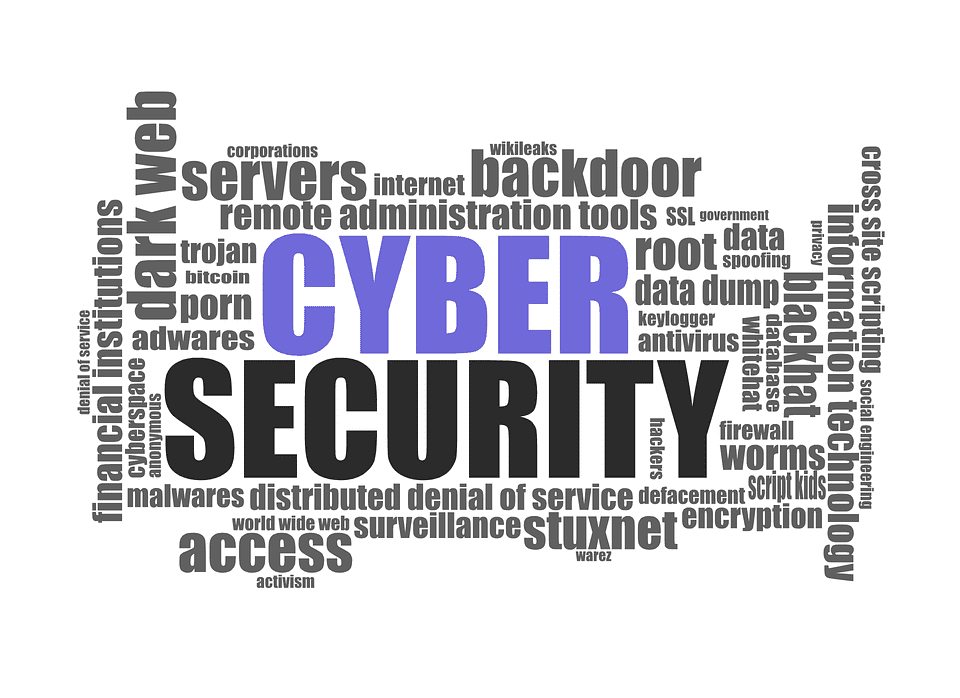
Click to learn more about author Samuel Bocetta.
When the term Artificial Intelligence (AI) is brought up, the first thing that often comes to mind is a vision of robots talking and simulating human behavior. In reality, the field of AI is much more diverse than that and has a range of potential impacts, both positive and negative, on the business world.
Artificial Intelligence should be thought of as another tool an organization can use to complement the data, skills, and experience it already has. Perhaps nowhere is this more critical than in cybersecurity, as hackers continue to impress with new and devious means of infiltrating systems and networks.
In 2019, AI is expected to experience the largest increase ever when it comes to IT spending among companies of all sizes. This surge in interest comes largely because executives are beginning to realize what security experts have been saying for years: that AI and Machine Learning tools can revolutionize the approach to cybersecurity.
In this article, we’ll examine the key aspects of a comprehensive security strategy and how AI can fit in best. Then we’ll highlight some of the key areas where AI shows its value, as well as where growth is still to come.
Importance of a Security Strategy

In the modern business world, with day-to-day operations becoming heavily reliant on technology, online data and systems have turned into a company’s most valuable asset. A single security breach can bring an organization to the brink of bankruptcy or tarnish their reputation permanently.
Therefore, it’s critical to have a designated cybersecurity team (even if it’s just one person) embedded within every IT group. Outsourcing and offshoring IT responsibilities has gained favor in recent decades, but when it comes to security, you want to be extra careful with who trust to keep your company safe.
As a rule, cybersecurity specialists should operate under the assumption that their company is besieged constantly. This is often the truth, as hackers execute a range of tactics around the clock in an attempt to gain unauthorized access to a system or to infiltrate a network.
Benefits of AI with Security

The question of software security is where Artificial Intelligence really comes into play. Obviously, it’s impossible for one person or a team of people to monitor every single byte of data that is transferred into or out of their company. But that’s exactly what modern AI security tools can do.
The AI revolution has led to a number of major advancements when it comes to network firewalls. In the old days, you had to configure a firewall manually and choose exactly what IP addresses to allow and which to block. But a smart firewall tool built on AI is capable of detecting security threats right away and updating access policies on the fly.
Another useful real-world example of AI in action is with email filtering systems. The amount of spam sent every day is enormous. While the best email marketing services come with sophisticated spam filters, when 45% of all email sent on any given day is of the junk variety, even the hardiest pre-AI technology has a hard time keeping up.
Machine Learning (a cousin to AI) tools can be taught to identify suspicious content immediately and flag it. How? It’s all about patterns. The process of machine learning involves showing a computer program a set of data over time and letting the algorithms analyze trends and movements. This allows AI tools to often detect issues quicker than the old way – where a program is fed a list of blacklisted words and mindlessly kicks out any message that contains one.
The AI Process

Machine Learning is a process that requires time and refinement, so it should be no surprise that mistakes are encountered along the way. For this reason, any organization that invests heavily in AI tools should review their effectiveness on a regular basis.
As explained above, AI works best in an environment with a rich set of data which can be analyzed over a period of time. The more data the AI algorithm can look at, the better it becomes at “understanding” what a normal state is for a given network and, by extension, how to discern when the state is not normal, typically when malware attacks.
AI Shortfalls
When you trust a computer system to raise alarms and set alerts, there is a considerable risk of getting hit with false positives. In a worst-case scenario, an AI tool might alert the company to a potential incident that results in them shutting down all of their web servers. If the problem turns out to be non-existent, then the downtime could result in lost revenue or bad publicity.
Current AI security tools also sometimes struggle to correlate different sets of data. For example, a system may be monitoring for alerts on a web service and raise an alarm when a threshold is met. But if the underlying problem is actually at the database layer, resources may be routed incorrectly at first.
A final form of cyberattack that can give an AI tool fits is a zero-day threat, where a brand new vulnerability mounts an attack on a system’s hardware of software. Since AI has no history on the new threat to study, it won’t be much help in detecting the exploit or recommending solutions.
AI technology will never (at least not any time soon) be able to replace the role of human experts in an organization. Most likely, we’ll see widespread adoption of the augmented AI model, where computer systems provide alerts and recommendations that a IT professional can use to make an informed decision.
The Bottom Line
Artificial Intelligence is not something to fear. In the business world, it’s being integrated in various forms of technology to make things faster, more reliable, and better secured. If you are serious about prioritizing cybersecurity within your organization, then machine learning tools are a necessity.
One of the biggest hurdles you’ll face is convincing teams and employees of the value that AI holds for them. They may have a negative impression at first and fear their own jobs are at risk because of the new tools. But with proper training and education, the whole organization can see the benefits to be gained.
Image used under license from Shutterstock.com
